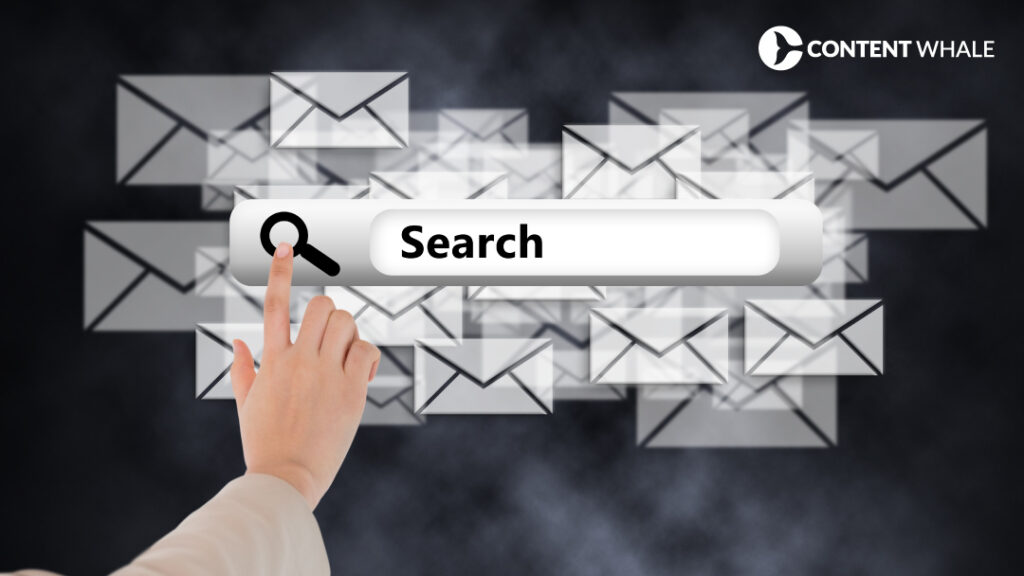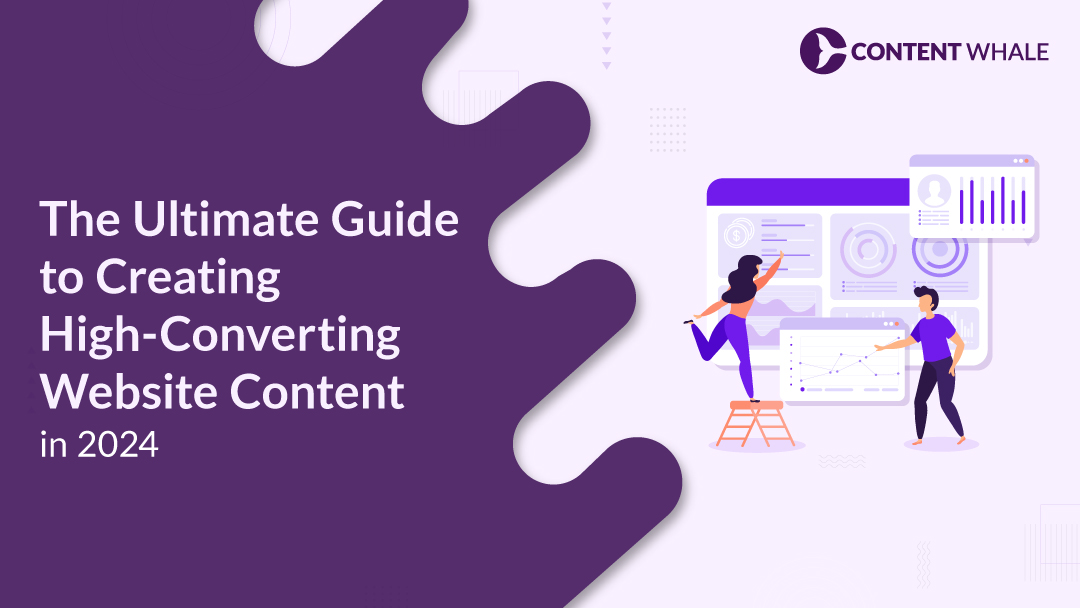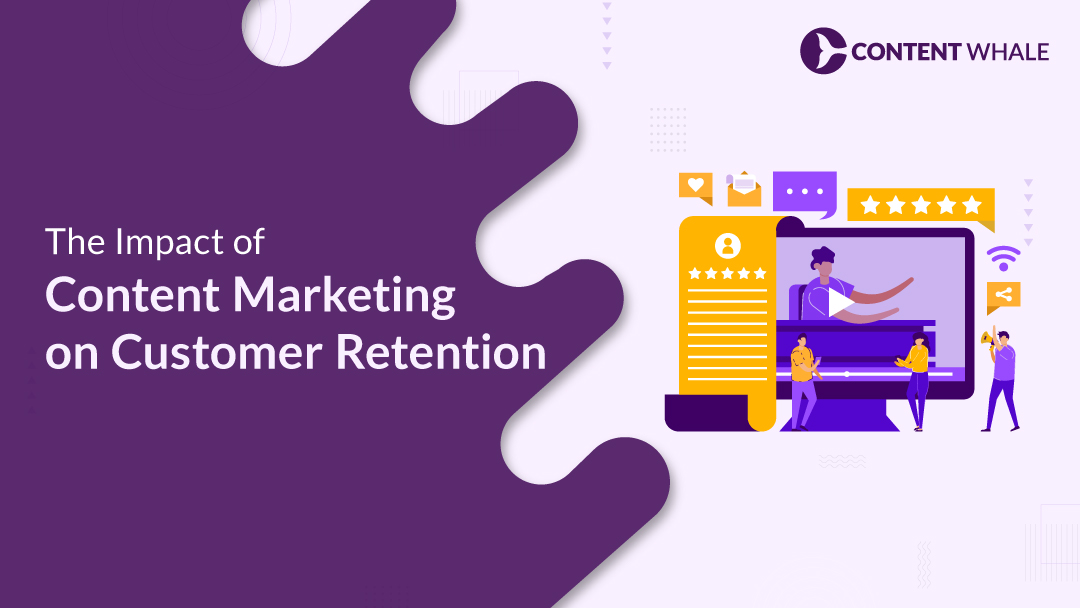Content marketing has become essential for SaaS companies aiming to build a robust digital presence. The landscape of SaaS content marketing presents unique challenges, including creating engaging content that resonates with a technically savvy audience and standing out in a competitive market. This blog will explore five key strategies to enhance SaaS content marketing efforts, ensuring effective audience engagement and lead generation.
What is SaaS Content Marketing?
SaaS content marketing focuses on creating and distributing valuable content to attract, engage, and retain customers in the software-as-a-service industry. Unlike traditional content marketing, which often targets a broader audience, SaaS content marketing is highly specialized, addressing the specific needs and pain points of users looking for software solutions.
Here’s a comparison table highlighting the key differences between SaaS and traditional content marketing:
| # | SaaS Content Marketing | Traditional Content Marketing |
|---|---|---|
| 1 | Focuses on software solutions | Focuses on various products and services |
| 2 | Requires technical and educational content | Often uses promotional and broad content |
| 3 | Targets a niche, tech-savvy audience | Targets a general consumer base |
| 4 | Involves detailed onboarding and tutorial content | Focuses more on brand awareness and engagement |
| 5 | Emphasizes long-term customer retention | Focuses on immediate sales and conversions |
In the broader digital marketing strategy, SaaS content marketing plays a crucial role in building trust, demonstrating expertise, and ultimately driving customer acquisition and retention. By focusing on specific pain points and offering tailored solutions, SaaS companies can create content that not only educates but also converts potential leads into loyal customers.
5 Powerful Strategies for Effective Content Marketing for SaaS Companies
1. Develop a Customer-Centric Content Strategy
Creating a customer-centric content strategy is vital for any SaaS company aiming to succeed in content marketing. Understanding customer needs and pain points is the foundation of this strategy. By addressing specific challenges and providing solutions through valuable content, SaaS companies can foster stronger connections with their audience.
Steps to create a customer-centric content strategy:
- Conduct thorough market research to understand your target audience.
- Develop detailed buyer personas representing your ideal customers.
- Identify common pain points and frequently asked questions among your audience.
- Create content that addresses these pain points and offers actionable solutions.
- Use feedback from current customers to refine and improve your content strategy.
Examples of successful SaaS content strategies:
| # | Company | Strategy | Results |
|---|---|---|---|
| 1 | HubSpot | In-depth blog posts and educational resources | Increased lead generation and audience engagement |
| 2 | Dropbox | User-generated content and customer stories | Enhanced brand loyalty and customer acquisition |
| 3 | Slack | Interactive tutorials and product guides | Higher user retention and satisfaction |
| 4 | Zendesk | Case studies and industry reports | Positioned as a thought leader in the industry |
| 5 | Mailchimp | Comprehensive email marketing guides | Improved customer education and product usage |
By focusing on a customer-centric approach, SaaS companies can create content that not only attracts but also retains customers, ultimately driving long-term success in their digital marketing efforts.
2. Create High-Quality, Educational Content

High-quality, educational content is at the core of effective SaaS content marketing. Providing valuable and informative content helps establish your brand as an authority in the industry and builds trust with your audience.
Types of educational content that resonate with SaaS audiences:
- Tutorials: Step-by-step guides that help users navigate your software.
- How-Tos: Practical advice on using specific features or solving common problems.
- Case Studies: Real-world examples of how your software has benefited other customers.
- Webinars: Live or recorded sessions offering deep dives into various topics.
- Whitepapers: In-depth reports on industry trends and best practices.
Tips for maintaining high content quality:
- Focus on clear, concise, and well-researched information.
- Use visuals, such as screenshots and videos, to enhance understanding.
- Regularly update content to reflect the latest features and industry developments.
- Encourage feedback from your audience to continuously improve your content.
Creating high-quality, educational content not only helps in lead generation but also improves customer acquisition and retention by ensuring your audience is well-informed and confident in using your product.
3. Leverage Different Content Formats
Using diverse content formats is crucial in SaaS content marketing. Different formats can cater to various preferences and enhance audience engagement. By leveraging various types of content, SaaS companies can reach a broader audience and keep them engaged.
Benefits of using diverse content formats:
- Enhanced Engagement: Different formats capture attention and keep the audience interested.
- Better Reach: Various content types can be shared across multiple platforms.
- Improved Understanding: Visual and interactive content helps explain complex concepts more clearly.
Examples of different content types:
- Blogs: Informative articles that address common questions and industry trends.
- Videos: Demonstrations and tutorials that show how to use your software.
- Webinars: Interactive sessions that provide in-depth insights and foster real-time interaction.
- Podcasts: Audio content that discusses industry topics and expert interviews.
- Infographics: Visual representations of data and processes.
Tips for selecting the right formats for your audience:
- Analyze your audience’s preferences and consumption habits.
- Experiment with different formats and track engagement metrics.
- Repurpose existing content into various formats to maximize its reach.
- Ensure each format aligns with your overall content strategy and objectives.
Leveraging different content formats helps SaaS companies cater to diverse audience preferences, enhancing content strategy effectiveness and boosting digital marketing efforts.
4. Optimize for SEO and Keyword Research

Search engine optimization (SEO) is fundamental in SaaS content marketing. By optimizing your content for search engines, you can increase its visibility and attract more organic traffic. Effective keyword research and optimization are crucial in this process.
Importance of SEO in content marketing:
- Increased Visibility: Higher rankings on search engine results pages (SERPs) lead to more traffic.
- Better User Experience: Well-optimized content is more likely to meet user expectations.
- Higher Credibility: Ranking high on SERPs builds trust and credibility with your audience.
Tips for effective keyword research and optimization:
- Use tools like Google Keyword Planner, SEMrush, and Ahrefs to find relevant keywords.
- Focus on both primary and secondary keywords to cover a wide range of search queries.
- Include keywords naturally in your content, titles, headings, and meta descriptions.
- Optimize images with relevant alt text and file names.
- Regularly update and refresh content to maintain SEO performance.
Examples of how SEO improves content visibility for SaaS companies:
| # | Company | SEO Strategy | Results |
|---|---|---|---|
| 1 | Ahrefs | Comprehensive keyword research and high-quality content | Significant increase in organic traffic and search rankings |
| 2 | Moz | Detailed guides and resources optimized for SEO | Higher search engine visibility and user engagement |
| 3 | SEMrush | Regularly updated blog posts and educational content | Improved search rankings and audience reach |
| 4 | HubSpot | SEO-focused content marketing and link building | Boost in organic traffic and lead generation |
| 5 | Buffer | Keyword-optimized social media marketing guides | Enhanced search engine presence and customer acquisition |
By optimizing for SEO and conducting thorough keyword research, SaaS companies can improve their content’s visibility, attract more qualified leads, and enhance their overall digital marketing strategy.
5. Use Analytics to Measure and Improve
Tracking content performance using analytics is essential for refining your SaaS content marketing strategy. By monitoring key metrics, SaaS companies can identify what works and make data-driven decisions to enhance their content efforts.
Importance of tracking content performance:
- Informed Decisions: Analytics provide insights into what content resonates with your audience.
- Continuous Improvement: Regular analysis helps identify areas for improvement.
- Better ROI: Understanding content performance helps optimize resources and efforts.
Key metrics to monitor:
- Traffic: Number of visitors to your content.
- Engagement: Time spent on page, bounce rate, and social shares.
- Conversion Rates: Percentage of visitors taking desired actions (e.g., sign-ups, downloads).
- SEO Performance: Rankings, organic traffic, and keyword positions.
- Customer Feedback: Direct feedback from users regarding your content.
Tips for using analytics to refine content strategy:
- Use tools like Google Analytics, SEMrush, and HubSpot to track performance metrics.
- Set specific, measurable goals for your content marketing efforts.
- Regularly review analytics reports and adjust your strategy based on findings.
- Conduct A/B testing to determine what content and formats perform best.
- Gather feedback from your audience to understand their needs and preferences.
By leveraging analytics, SaaS companies can continuously improve their content marketing strategy, ensuring better engagement, customer acquisition, and overall success in their digital marketing efforts.
Conclusion

In summary, implementing a strategic approach to SaaS content marketing is essential for success. By developing a customer-centric content strategy, creating high-quality educational content, leveraging different content formats, optimizing for SEO, and using analytics to measure and improve performance, SaaS companies can enhance their digital marketing efforts. These strategies not only improve lead generation and customer acquisition but also boost audience engagement and retention.
For SaaS companies looking to elevate their content marketing strategy, partnering with a professional content creation service like Content Whale can make a significant difference. With expertise in crafting tailored, SEO-optimized content, Content Whale helps SaaS businesses drive engagement and achieve their marketing goals.
FAQs
1. What is the most important aspect of SaaS content marketing?
The most important aspect of SaaS content marketing is understanding your target audience’s needs and pain points. By developing a customer-centric content strategy, you can create content that resonates with your audience, addresses their challenges, and offers valuable solutions. This approach enhances audience engagement, customer acquisition, and overall digital marketing success.
2. How can I ensure my content is valuable to my SaaS audience?
To ensure your content is valuable to your SaaS audience, focus on creating high-quality, educational content that provides practical insights and solutions. Use various content formats, such as tutorials, case studies, webinars, and infographics, to cater to different preferences. Regularly update your content to reflect new features and industry trends, and gather feedback from your audience to continuously improve your content strategy.
3. What tools can help with content performance analysis?
Several tools can help analyze content performance, including Google Analytics, SEMrush, Ahrefs, and HubSpot. These tools provide insights into key metrics such as traffic, engagement, conversion rates, and SEO performance. By leveraging these tools, SaaS companies can track content effectiveness, identify areas for improvement, and refine their content marketing strategy.
4. How often should I update my SaaS content strategy?
Updating your SaaS content strategy should be an ongoing process. Regularly review analytics data, gather feedback from your audience, and stay informed about industry trends and changes in search engine algorithms. This continuous improvement approach ensures your content remains relevant, effective, and aligned with your audience’s needs and your overall digital marketing goals.
5. How can Content Whale help improve my SaaS content marketing?
Content Whale offers professional content creation services tailored to SaaS companies. With a team of experienced writers and SEO experts, Content Whale can develop high-quality, SEO-optimized content that addresses your audience’s needs and enhances your digital marketing efforts. By partnering with Content Whale, SaaS companies can improve lead generation, customer acquisition, and audience engagement, driving long-term success in their content marketing strategy.





